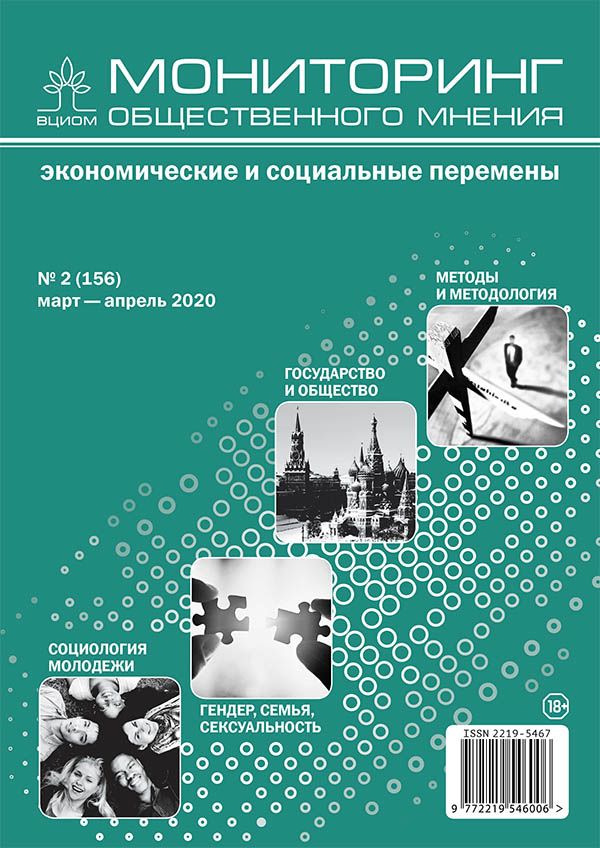Suicide rate and working hours in Russia
DOI:
https://doi.org/10.14515/monitoring.2020.2.792Keywords:
suicide rate, working time, everyday life, panel regressionAbstract
Based on panel data collected in the subjects of the Russian Federation from 2000 through 2017, the author examines how the length of employees’ working day influences the suicide rate. A hypothesis stating that there is a U-shape relationship between the length of the employees’ working time and the suicide rate is proved statistically. With an increase in the average actual weekly working hours the suicide rate decreases, thus reaching its minimum at a certain optimal number of hours, and then starts growing again. The author determines, for the first time, that given that there are hidden socio-economic factors (unemployment, level of well-being, etc.), an optimal number of working hours for individuals working as employed persons in Russia is 37,99 hours per week; 40,55 for the employed men; 35,69 for the employed women. An optimal number of average actual weekly hours in Russia (37,99) is close to the European optimal value (38,72) determined earlier by the authors. This leads to the conclusion that there is a universal statistical correlation between the suicide rate and the length of working time (at least in those countries where the social situation is relatively stable), which in turn opens possibilities to manage time towards an optimal working week in order to reduce the suicide rate influenced by routine activities to a minimum.
Acknowledgments. The study is funded by Russian Foundation for Basic Research, research project no. 19-010-00830.






